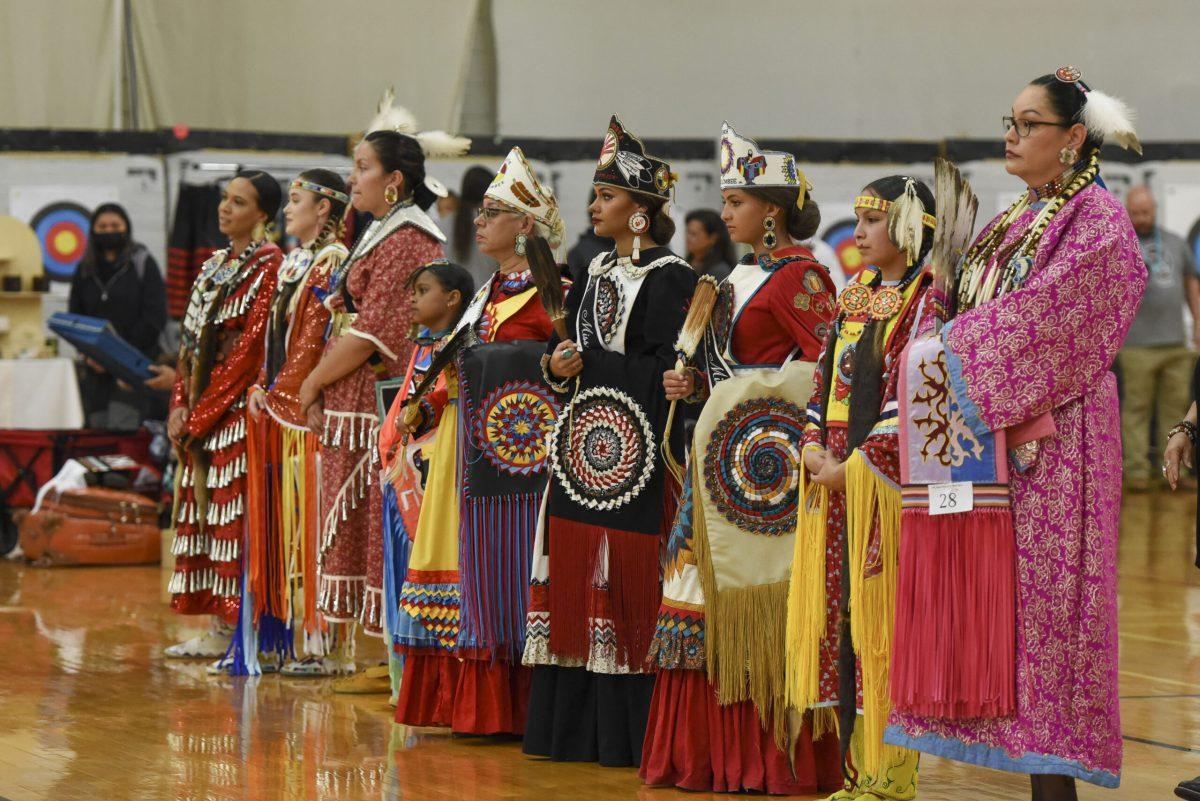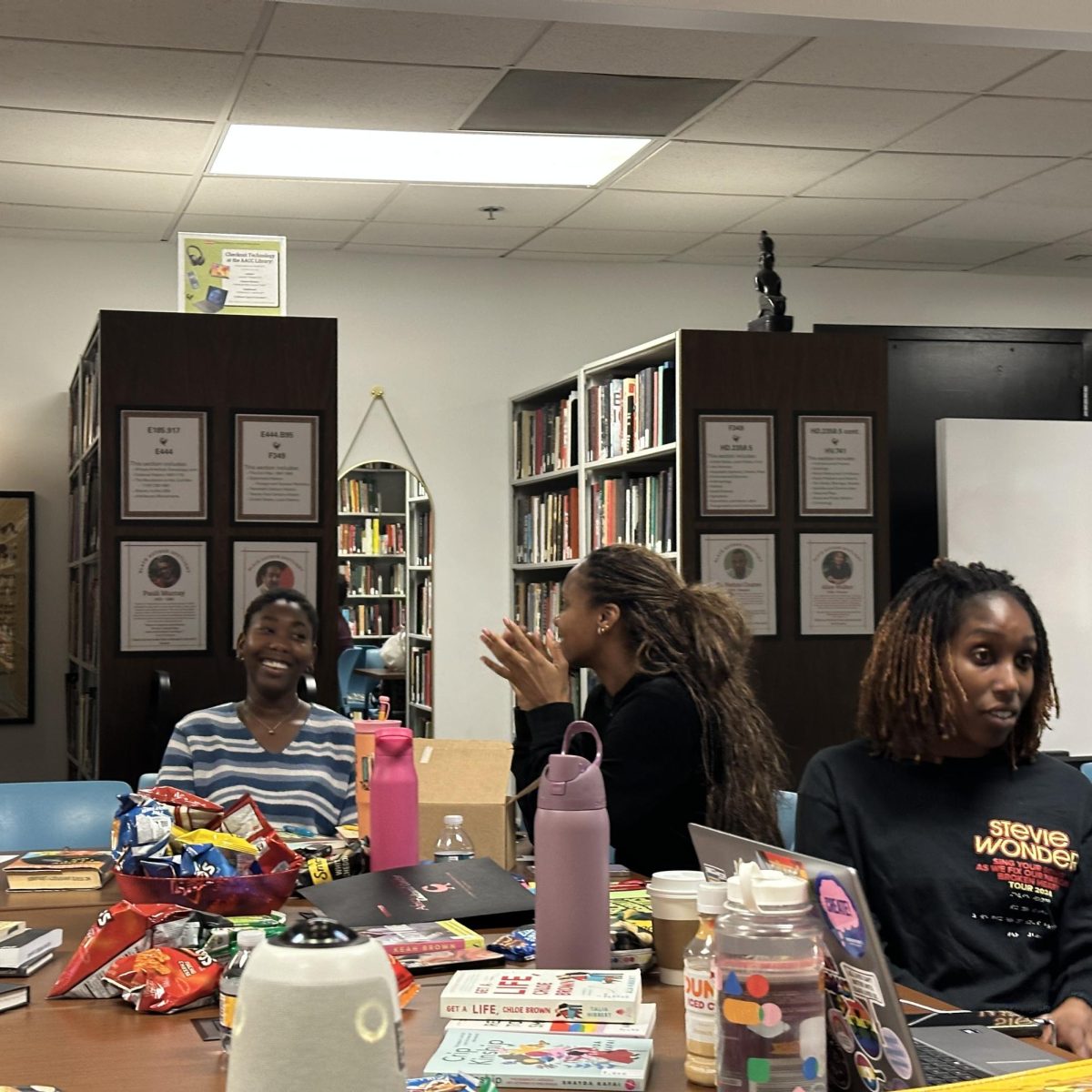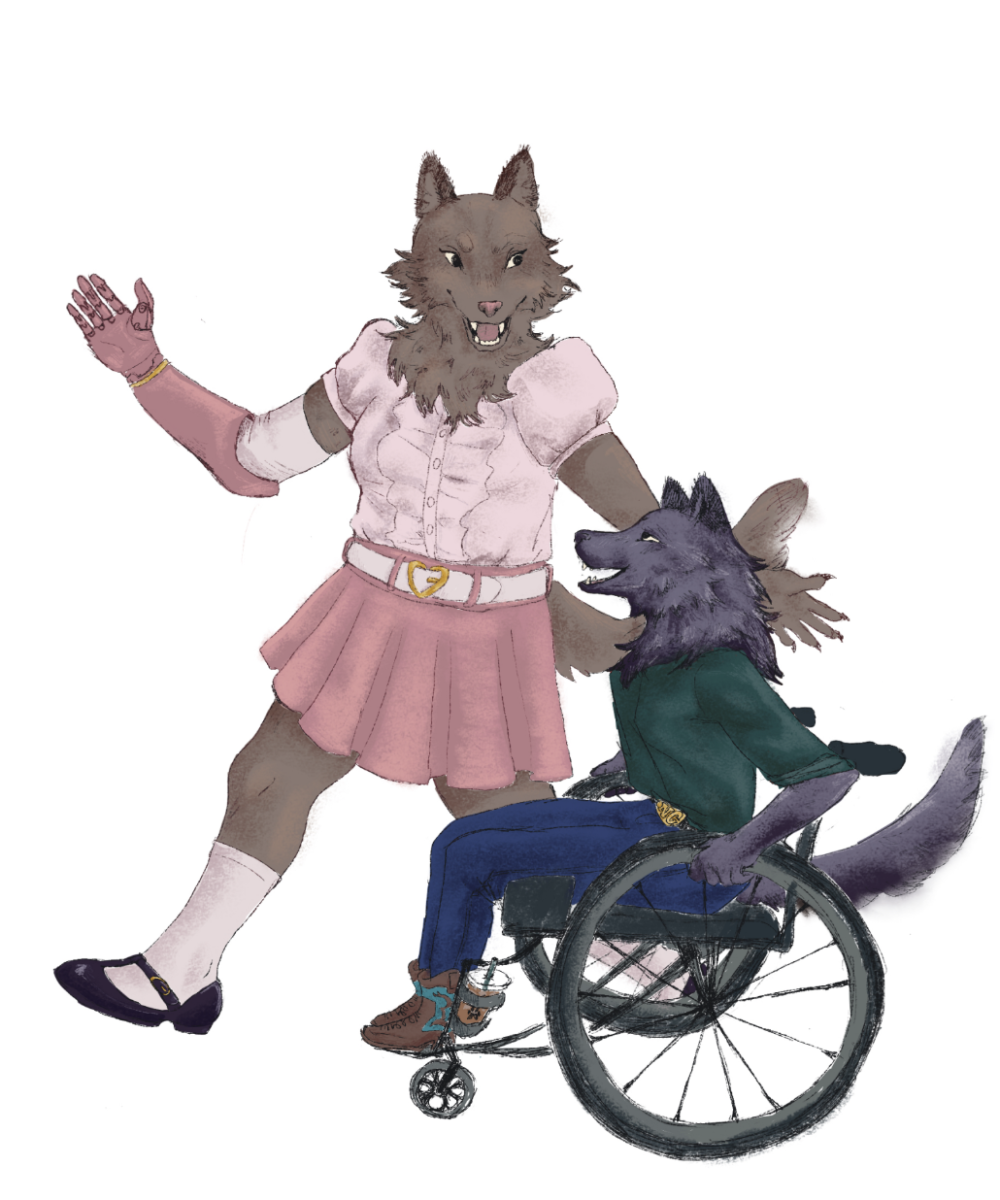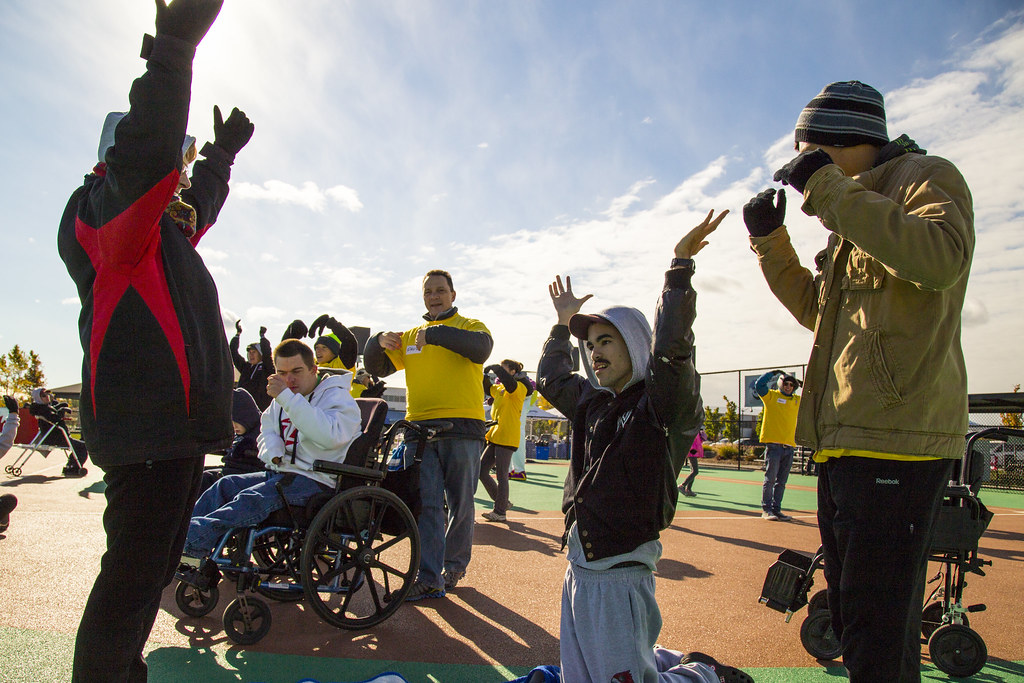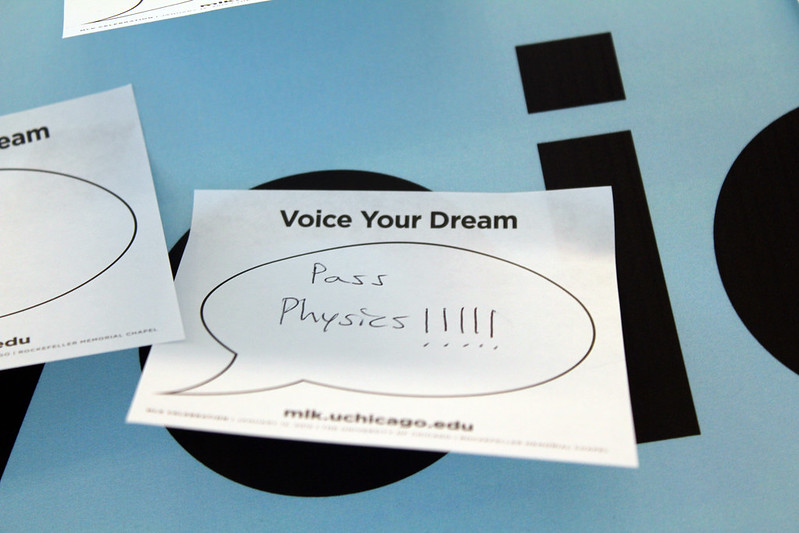Image by Kaela Belingon, Photo Editor
Dancers in the Women’s Red Dress Special wait to be judged during the 32nd Annual NC State Powwow in the Carmichael Gymnasium on Saturday, April 1, 2023. The attire worn by the dancers is called Regalia and is often spiritually significant.
With this month being Native American Heritage Month, non-native folk should take this opportunity to learn about Native Americans’ culture and lifestyle. Doing this allows us to gain a deeper understanding and appreciation for Native American people. Fashion is a key component of Native American culture, with lots of staple pieces and garments being unique to distinguished tribes and groups.
Native Americans are one of many groups that witness their heritage being appropriated as costumes for festivities. This inherently disrespects the significance of their culture, creating an inaccurate perception of Native American culture and heritage. It’s important to understand the vast differences between cultures and identities, so we are equipped to appreciate, not appropriate, Native culture. 7
Nubian Message had a conversation with Kaylee Jacobs, a Native American of the Lumbee & Waccamaw Siouan tribes and a second-year student studying Fashion & textile management with a minor in Horticulture science, on her experience being on a predominately white campus. They discussed how fashion and other unique native pieces are significant to her and her culture, as well as Native representation within the fashion industry.
Nubian asked Jacobs, “how does being Native American play a factor in your life?” Jacobs said, “I would say everyday life, it’s kind of being aware of my surroundings and the people around me because I didn’t grow up in a tribal community or rural community. I grew up in Durham then I moved to Raleigh, so I’ve always been in a predominantly non-native area. In everyday life, one of the reasons I came to NC State was because of the Native community on campus. It’s nice to know that even though in my classes or walking around I might be the only Native in the area, but I still have those people on campus to go to.”
In Jacobs’ experience, her exposure to other Native Americans on campus has been influential to her comfort within these non-native spaces. Being able to be a part of the Native community has validated her reason for pursuing higher education at NC State, giving her a sense of belonging and understanding that she is not alone in this white space.
“My parents both came from small Native towns,” said Jacobs, “so we would go see their family a lot, especially when I was younger, we would go once or twice a month, and visit. Growing up, I was really involved in Powwows. I used to dance and my dad has always stayed in Powwows since he was in college, I’ve always been exposed that way. My mom used to dance as well. I was always exposed to Powwow culture and that kind of thing. I just didn’t have the same as some of my peers who grew up in the tribal community. So I have some of it but not to the same extent, if that makes sense.”
While Jacobs’ experience growing up Native is unique, her link to Native culture and heritage was provided by her family in Durham and the small native towns her parents grew up in. While Jacobs’ native identity does not reach the same extent as her Native peers who grew up in a tribal community, her link to her Native heritage and culture is still very strong and continues to play a role in her life.
Nubian proceeded to ask Jacobs, “What are staples in Native American cultural fashion? What do they mean?”
Jacobs said, “A big thing for Native people kind of, regardless of tribe, is ribbon skirts for women.”
Ribbon Skirts are traditional, handmade full-length skirts worked by indigenous people. The skirts are made up of multiple ribbon colors and fabrics and work to represent indigenous pride.
Jacobs explained one skirt her mother made for her when she first got accepted into NC State, “one of mine that I have, my mom got me when I came to NC State. It has big NC State red, black and white ribbons for the school. Then there are two wolves to represent the school but also symmetry and finding balance. I would say ribbon skirts are really a big one because they’re very personal.”
Jacobs continues to talk about ribbon shirts, a more “gender neutral” alternative to ribbon skirts.
“Ribbon shirts are the same deal where the ribbons, embroidery or some kind of thing will have a meaning towards wear.”
Jacobs talked about regalia work at Powwows, a North American ceremony where they, according to Indiana University, “share experiences, reconnect with old friends and make new ones” as well as “reflect on time-honored traditions while helping to educate future generations of dancers and singers.” Jacobs explained “Regalia in Powwows depends on the style of dance you’re doing. I used to dance jingle, so that was like a full-length dress, usually long sleeves. The same thing with beadwork and embroidery specific to the wearer. Jingle has metal, usually 10 cones, and when you move, they make a rhythmic, jingling sound, which is supposed to represent medicine and healing.”
Nubian Message asked Jacobs, “do you wish to see more Native American representation within the industry, whether that is shown through the garments themselves or the models?” she responded, “For me, a big reason that I chose my major is that I wanted to help native fashion designers, artists, etc. have more of a platform and more of a larger scale awareness. I feel like in recent years, it has been more popular for Native people to be models or actresses. So I feel like that has started to increase more but there is a lot more towards the West or North. We need to see more of a push of Southeast or just East Coast natives in general because there are differences. We don’t all look the same, so having that southeast representation would be really nice.”
Nubian concluded by asking Jacob about the importance of others knowing Native American heritage.
“It’s definitely important because there’s so much history that goes ignored, or it’s not really acknowledged. I think having an awareness of the people and knowing that we’re still here. I always grew up telling people I was native, and they’d be like, ‘Oh! I didn’t know y’all were still here.’ Or ‘I didn’t know that there can be a native person in Durham.’ There are so many different tribes, regions, traditions and practices. It’s good to have an awareness and to be willing to ask respectful questions. So yeah, it’s definitely important.”

